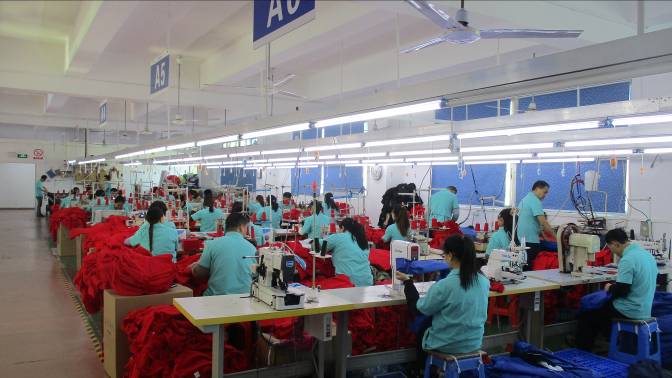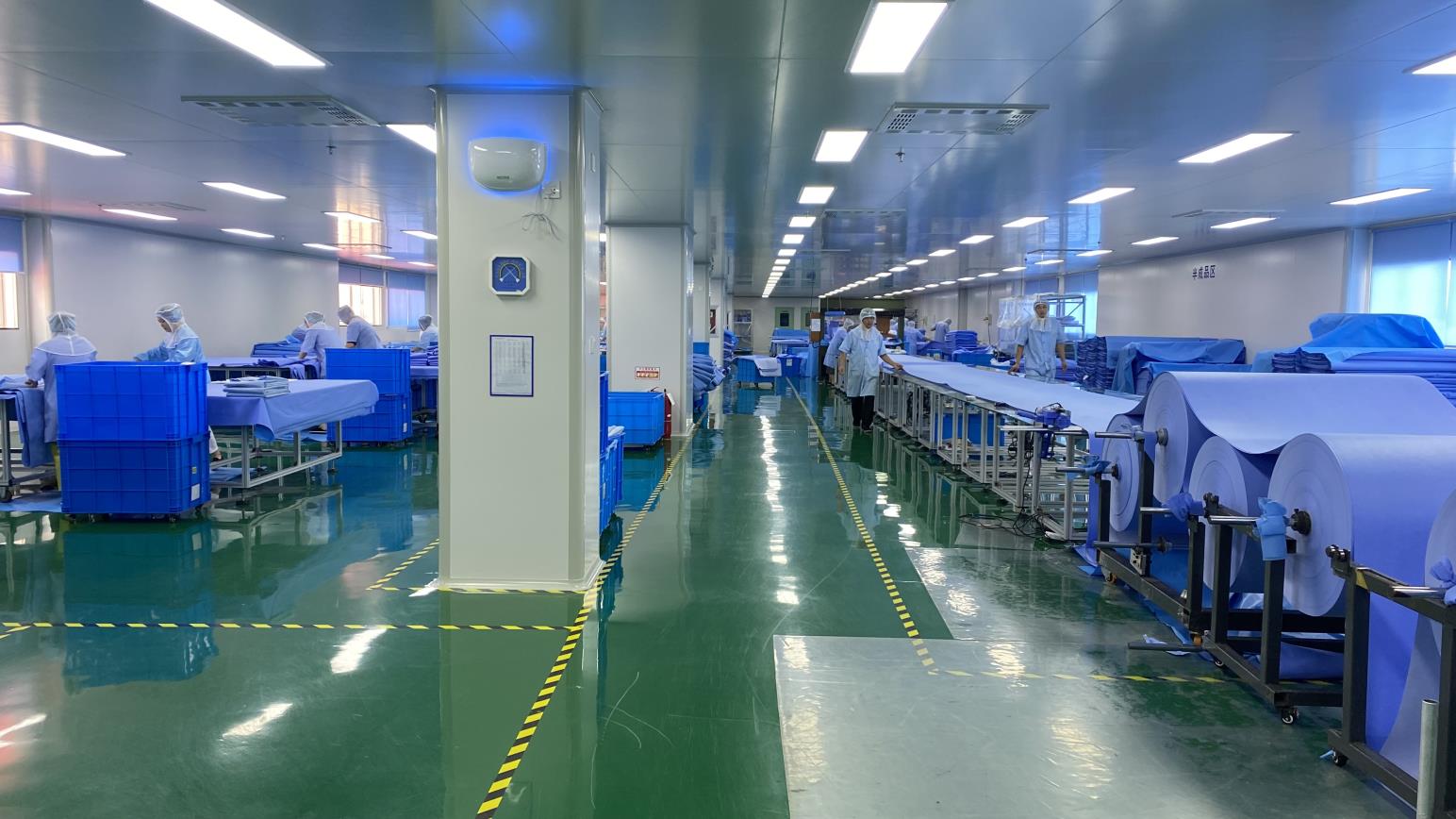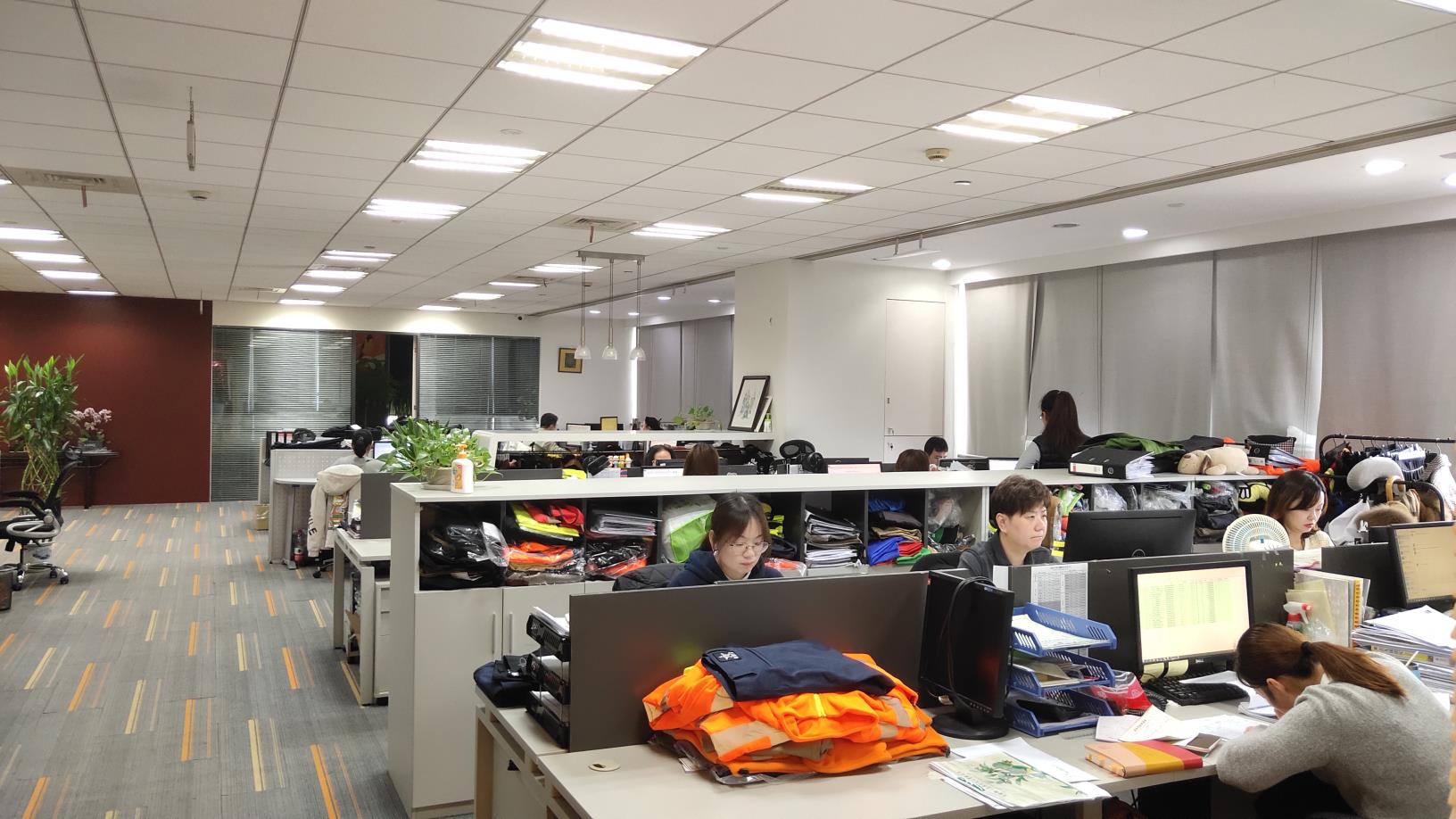





| Product name: | Isolation Gown |
| Material: | Non woven polypropylene (PP)/SMS |
| Type | Disposable |
| use: | sanitary |
| size: | 120*190cm or customized |
| feature: | Anti-Bacteria, Anti-Dust, Eco-Friendly |
| Weight | 30-60g/pc |
| Color: | transparent/blue/pink |
| Packing: | 1pc/bag, 100pcs/opp bag or customized |
| Payment Terms | TT, LC, Paypal,Western Union,etc. |
Medical protective clothing refers to the protective clothing used by medical personnel (doctors, nurses, public health personnel, cleaning personnel, etc.) and people entering specific medical and health areas (such as patients, hospital visitors, personnel entering infected areas, etc.). Its function is to isolate germs, harmful ultrafine dust, acid-base solution, electromagnetic radiation, etc., to ensure the safety of personnel and keep the environment clean. According to the purpose and the occasion of use, it can be divided into: daily work clothes, surgical gowns, isolation gowns and protective clothing. Daily work clothes refer to the white coats worn by medical staff in their daily work, also known as white coats. Surgical gowns are specially designed garments worn in the operating room. Isolation gowns refer to clothing worn by medical staff when they come into contact with patients, and when family members visit patients. Protective clothing refers to the clothing worn by personnel in medical first aid, entering infectious disease areas, electromagnetic radiation areas and other special areas.
Liquid barrier property means that medical protective clothing should be able to prevent the penetration of liquids such as water, blood, alcohol, etc., and have a hydrophobicity of level 4 or higher, so as not to stain clothes and the human body. Avoid transmitting the virus carried by the patient’s blood, body fluids and other secretions to the medical staff during the operation. Microbial barrier properties include barrier to bacteria and viruses. The barrier to bacteria is mainly to prevent the contact transmission (and back transmission) of medical staff to the patient’s surgical wound during the operation. The main purpose of blocking the virus is to prevent medical staff from contacting the blood and body fluids of patients, and the virus carried in them can cause cross-infection between doctors and patients. Particulate matter barrier property refers to preventing airborne viruses from being inhaled in the form of aerosols or attached to the skin surface and absorbed by the human body. Physical and mechanical properties mainly refer to the tear resistance, puncture resistance and wear resistance of medical protective clothing materials. Avoid tearing and puncturing to provide a channel for bacteria and viruses to spread, and wear-resistant to prevent flocks from providing a place for bacteria and viruses to multiply.










